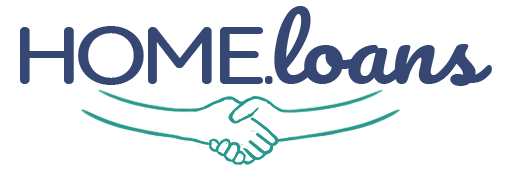FHA Loans and Conventional Loans: What’s The Difference?
Right now, FHA home loans are incredibly popular, with the most common loan offered being the 203(b) loan for home purchase. Many borrowers like FHA loans due to their extremely lenient credit requirements and relatively low interest rates. While FHA loans do have a lot of benefits, many borrowers choose to go with conventional loans, such as Fannie Mae loans, Freddie Mac loans, or other privately-insured mortgages.
FHA vs. Conventional Loans: Down Payments
One of the biggest areas where FHA loans have an advantage over their conventional cousins is down payments. Many conventional lenders require borrowers to put 10-20% down, and, while Fannie Mae and Freddie Mac each have 3% down programs (including Fannie Mae’s well-known Conventional 97 program), these programs are only available to certain borrowers. In contrast, FHA loans, like the 203(b) loan, only require borrowers to put down 3.5%, as long as their credit score is at least 580. Borrowers with a credit score of between 500 and 580 are required to put down 10%.
FHA vs. Conventional Loans: Mortgage Insurance
While down payments may be a significant advantage of FHA home loans, mortgage insurance isn’t. FHA loan borrowers, including those utilizing the popular 203(b) and 203(k) loan programs, will need to pay a one-time upfront mortgage insurance premium (MIP) of 1.75% as well as an annual, recurring MIP charge, which is currently set at 0.85% for most types of FHA home loans. In comparison, borrowers who take out conventional loans typically do not have to pay any upfront charge— but, more importantly, their private mortgage insurance (PMI) will automatically be cancelled when they reach up to 22% equity in their home. FHA MIP, in contrast, cannot be canceled unless a borrower with more than 20% equity refinances their mortgage into a new FHA loan.
FHA vs. Conventional Loans: Loan Size Limits
One of the most important differences between FHA and conventional loans is the fact that FHA loans can only offer borrowers a certain amount of funds. Right now, the upper limit for 1-unit properties in low cost areas is $314,827, while the upper limit for 1-unit properties in high-cost areas is $726,525. Properties with 2-4 units have larger loan size limits. So, if you want to purchase a particularly expensive home (or, at the very least, one higher than the FHA loan limits), you will need to go with a conventional loan rather than FHA financing.
FHA vs. Conventional Loans: Interest Rates, Assumability, and More
While we just mentioned that FHA loans are known for their great interest rates, if you have a great credit score— i.e. 720+, than you may actually be able to get a better rate on a conventional loan. However, this varies based on individual lenders, and rates are constantly changing, so it’s best to do research in order to determine where you can get the best rate. I
It may also be of interest to note that, while most conventional loans are not assumable, FHA loans are. This means that if you decide to sell your home, the new buyer can simply ‘assume’ or take on, your loan, given that they are approved by your lender. This can make it much easier to sell your home, as the new buyer will not have to jump through as many hoops to get financing.
So, in the end, which is better— an FHA loan like the 203(b), or a conventional loan? Neither! It all depends on your individual circumstances. Borrowers who don’t have the greatest credit or who don’t have a lot of money for a down payment may be well served by the FHA’s 500 minimum credit score requirement and low 3.5% down payment programs. However, borrowers with more cash and better credit scores (as well as those who want to buy a home that exceeds the FHA loan limits) may be better off going conventional, as they can avoid costs like pesky PMI.

